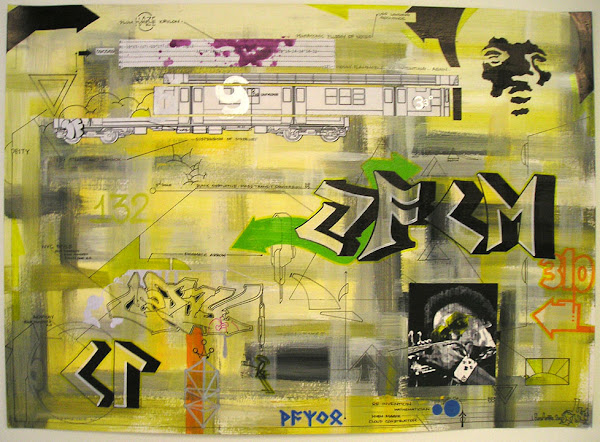The title of this blog is borrowed from the philosophical novel by Robert M. Pirsig, Zen and the Art of Motorcycle Maintenance. The title suggests to me how one can experience spirituality while engaged in seemingly mundane tasks. So it is with ironing.
I started ironing my freshman year of high school. I have a brother and two sisters and we all attended Catholic school, which means that we had to wear a shirt and tie to school everyday. For a parent that's a lot of white shirts from the first grade through high school for four children.
As I was to commence my first year at Cardinal Hayes High School in the Bronx my Mom gave me two choices. She said that I could drop off my shirts at the Chinese laundromat and have my shirts cleaned professionally, or I could see to it that they made their way into the laundry bag whereby she would wash them but I would have to iron them. I think I did a combination of both. More often than not I would iron my own shirts. Although my Dad worked for the Post Office, he was professionally trained as a tailor. My Dad could sew like a champion and he did all his work by hand; he was a master of his craft. It was my Dad who showed me the proper way to iron clothes. I've been using his methodology since 1969.
THE PROCESS
Let's start with shirts. The first part of the shirt that I iron is the collar. I press the underside of the collar then I turn it over to iron the side that faces outward, careful not to leave creases along the surface. I next move on to the yoke of the shirt, which is the part just beneath the collar that rests on one's shoulders. This is an especially important area as the shoulders usually acquire "shoulder bumps" if it has been on a hanger for quite some time. I find shoulder bumps particularly unsightly and annoying. I move the yoke around the front end of the ironing board first the left then the right shoulder, again avoiding adding creases after all, the whole point of ironing is to remove creases and wrinkles not to make new creases except where you want them to be.
Next come the sleeves. I find that ironing the sleeves first ensures that I don't add wrinkles to the body of the shirt when I move on to the larger sections. If you iron the sleeves after ironing the body of the shirt you may have to go over the shirt a second time. This is easily avoided by working on the sleeves first. When ironing the sleeves care must be taken not to add more than one crease to the sleeve. My second pet peeve is having parallel creases in shirts and pants. One of the things that one should have at the ready is a can of spray starch which adds a crisp look to any shirt or pair of slacks. But I would caution against using spray starch on dark fabrics especially black. (More on this later.) The cuffs of the shirt should be ironed from the inside rolling the iron back and forth so that they remain well-rounded with no creases. This is an option if one likes creases in cuffs then by all means crease them. Perhaps an exception should be made for French cuffs, they look better rounded-off.
The body of the shirt comes next. I start with the side with the buttons and end on the panel with the button holes, taking care to iron the small space between the buttons. This part of the process is pretty straight forward. When you arrive at the back of the shirt there is the pleat that runs down the center. Rather than iron both sides in one step, I iron the sides of the pleat separately, that way the pleat's width is uniform on either side. That's it you're finished.
About black clothing in general: always iron dark clothing inside out. If you don't a sheen will build up and your clothing will appear shiny. If you must press dark clothing right side out, use a pressing cloth which can be made from a large swatch of cotton.
WHAT HAPPENS
I iron 365 days a year. The process of ironing is second nature as it really should be since I do it so often. When the process is second nature the Zen kicks-in. There's no iron, no ironing board, no steam, no starch just the poetry of movement.
While ironing I review the events of the day before or make mental notes about what I need to do when I arrive at the office. Perhaps I say my morming prayers or rehearse my Masonic ritual which I'm required to memorize. Or I may enjoy a reverie about something pleasant, perhaps a vacation I took long ago or dinner that I recently had with a friend. What's important is that ironing helps me to slow down and be in the moment. It soothes me and gives me time to reflect, that's why it is part of my daily morning ritual.
The other item that I love to iron is the pocket square or handkerchief that can usually be seen peeking out from the breast pocket of my suit. To iron a perfect pocket square with four points it helps to know a little about the Japanese art of paper folding: Origami. If I can find a way to illustrate the process maybe I'll write a brief article on how to fold a handkerchief with three or four points.
Clifford Jake Jacobs
Have Pen, Will Write
























.jpg)


